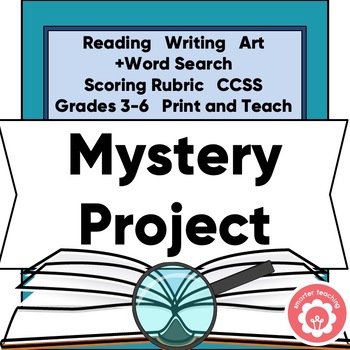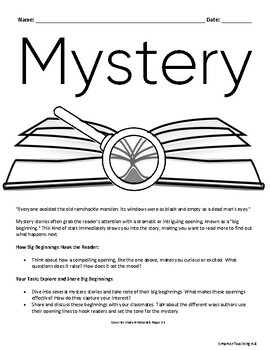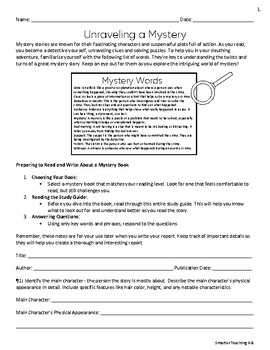Mystery Genre Study and Book Report Project-Based Learning CCSS Grades 3-6
- PDF
- Easel Activity
Description
Encourage your students to explore the mystery genre with this comprehensive project-based book report. This lesson encourages students to select a mystery book at their "just right" reading level. A study guide serves as a companion for their in-depth analysis.
Following their exploration, students are prompted to write a concise three-paragraph book report fostering critical thinking and communication skills. To deepen their understanding, they engage in a hands-on activity, creating a Mystery Box with carefully chosen artifacts for an oral retelling of the story. A scoring rubric is included for effective and fair assessment.
Finish this study with a post-study word search puzzle and academic challenge—activities designed to reinforce mystery-related vocabulary. Then, consider extending an invitation to other classrooms or parents to your own "Mystery Museum" where students proudly showcase their work. To complement this showcase, display lettering "Unraveling a Mystery" is included.
Another ELA resource you might like:
Genre Study Book Reports: All Year State Test Prep
Just click to follow this store for updates. You'll be the first to know about new items - all posted at a 50% discount for 48 hours.






